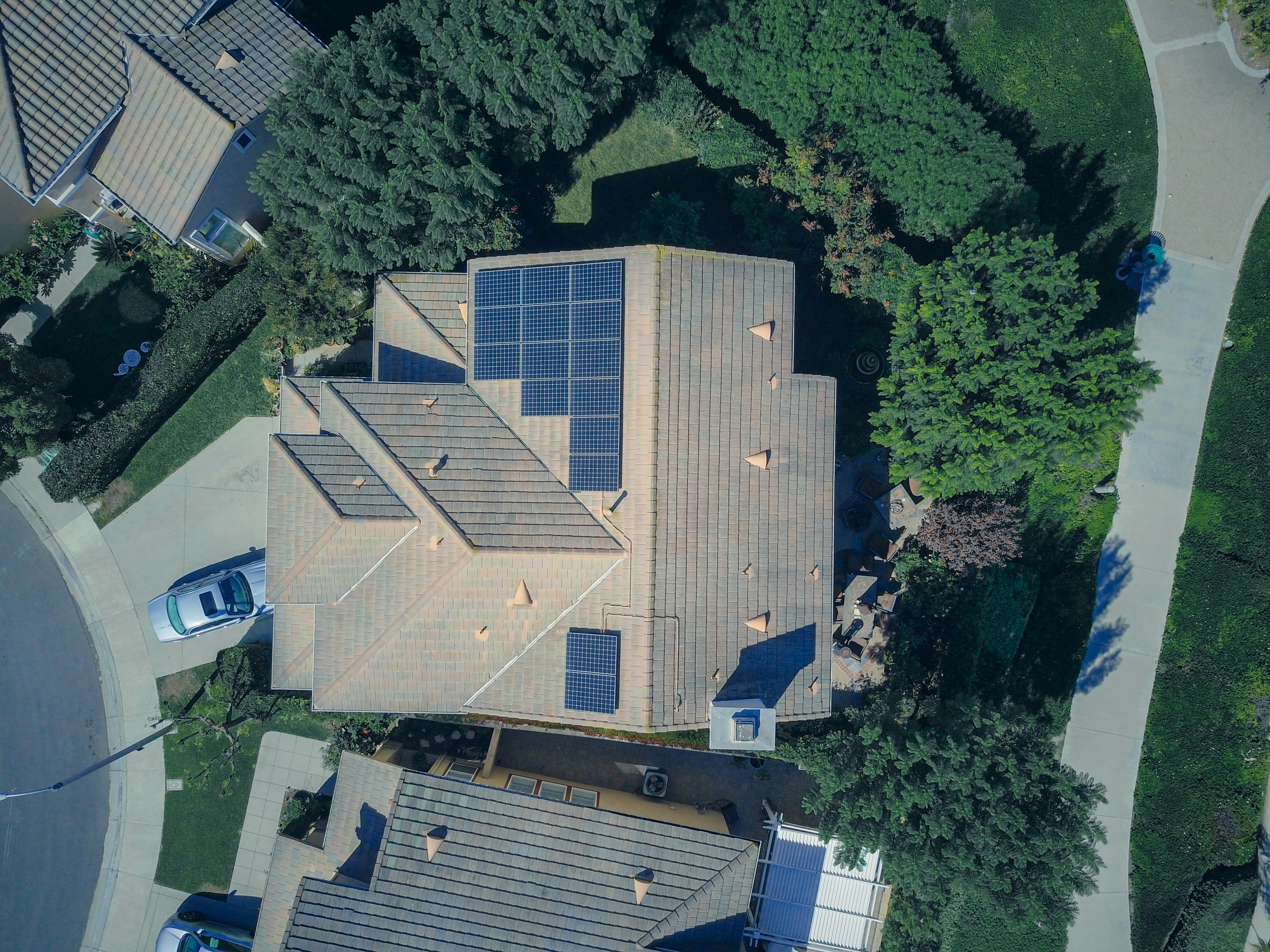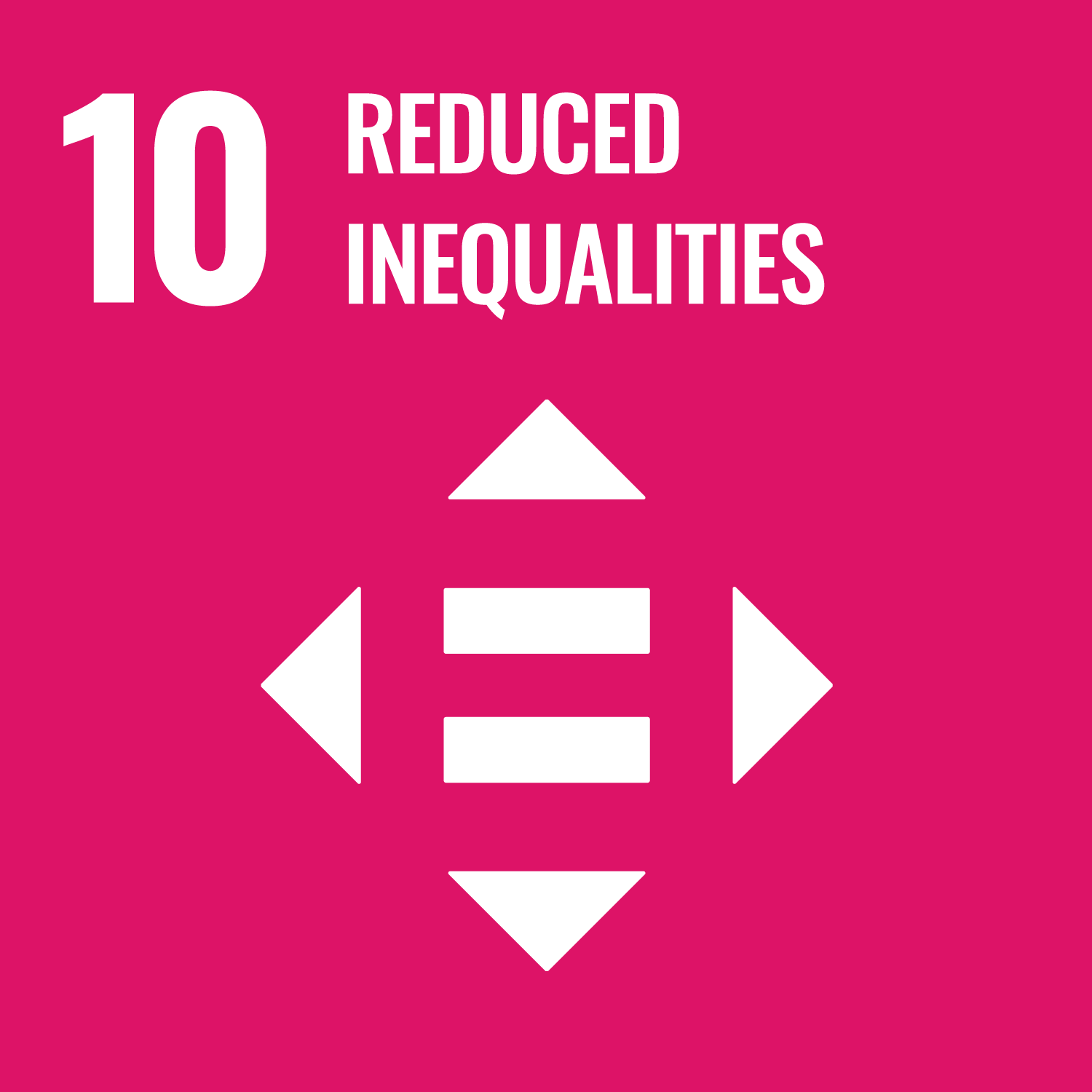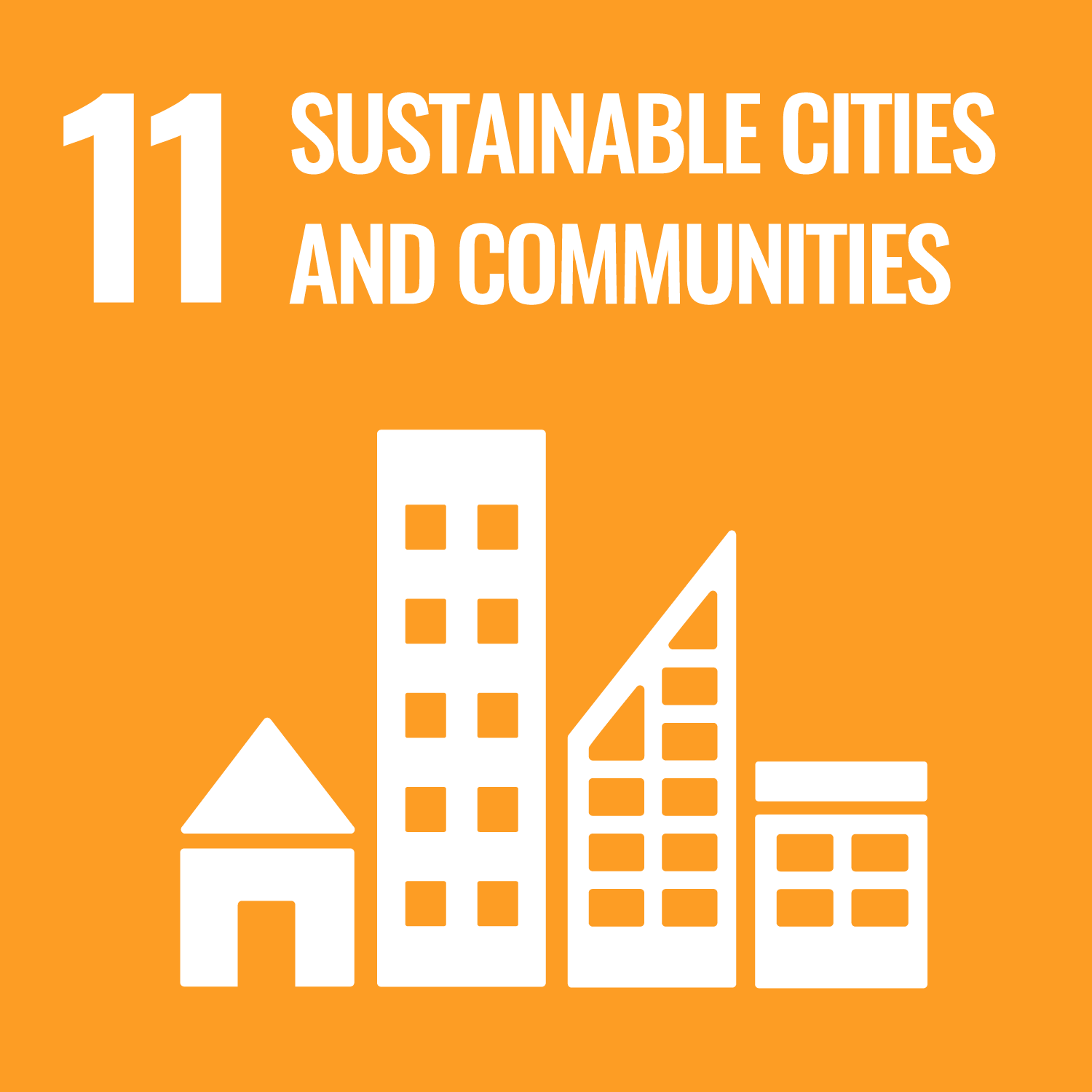The project planned the creation of a sustainable residential urban unit of “almost zero energy balance” in a building block in the municipality of Agia Varvara, traditionally inhabited by low-income citizens. The goal was to exploit the potential for energy savings and prospects for the significant improvement of the local microclimate and environment.
The selected buildings were given an energy upgrade, using techniques and systems to achieve savings and employ renewable energy sources (e.g. cooling and heating using geothermal energy), to provide reduced and rationalised energy consumption along with reduced gas emissions. Materials, systems, and methodologies were used that present the lowest possible environmental costs. At the same time, the urban environment of the area was requalified and upgraded to improve the microclimate, avoid the climatic burden of the buildings and to improve the thermal and visual comfort of the citizens.
After checking the static adequacy of the building, external thermal insulation was installed, and old window and door frames were replaced with new, high-quality ones with energy glazing. Moreover, the inhabitants were engaged in a training programme leveraging the local workforce of a low-income society and creating growth prospects.
The municipality helped identify the public buildings to refurbish. The success of the Green Neighbourhood was based on the active participation of its residents, who, at the end of the project, were charged almost zero for the energy-related costs. Moreover, the project brought a set of economic, social and environmental benefits, upgrading the quality of life of the residents. At the same time, it offered jobs and hands-on training. One building had been successfully refurbished as a pilot project. From the simulations carried out, it was concluded that with the use of insulation and double glazing, a reduction of 75% in heating energy and 35% in cooling energy was possible (according to TRNSYS, but a lower percentage or even negative results were reported when using two simpler methods under Standard 13790) if there was use of sunlight shading and occasional night cooling.
The partners of the project were: the Centre for Renewable Resources and Energy Saving (public institution), Municipality of Agia Varvara.
-

-
 Countries impacted:
Countries impacted:
Greece -
 Geographical scale:
Geographical scale:
Regional and Local -
 Energy poverty phase:
Energy poverty phase:
Implementation -
 Intervention type:
Intervention type:
Household energy efficiency and refurbishmentCommunication campaign -
 Type of funding:
Type of funding:
National Funds from ESPA, European funds from the Operational Programme ‘Environment and Sustainable Development’ (EPPERAA) -
SDGs addressed:






